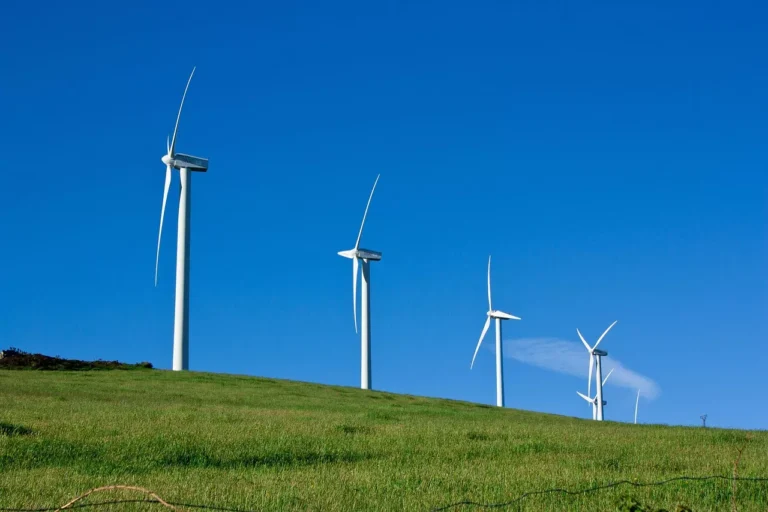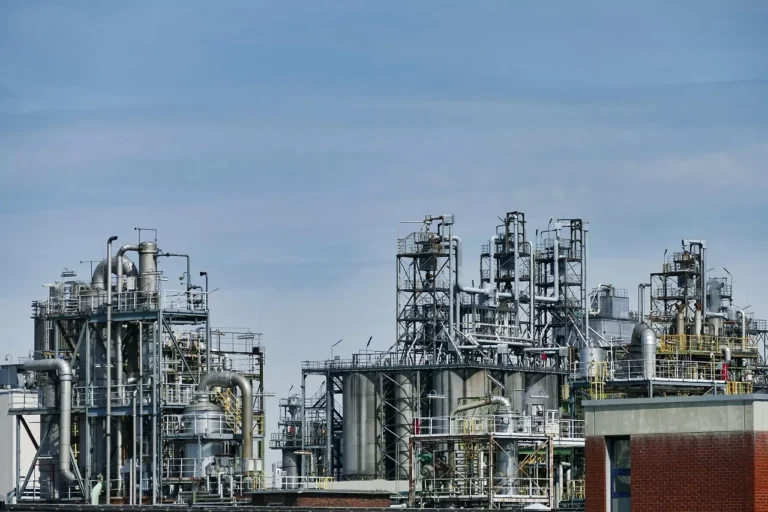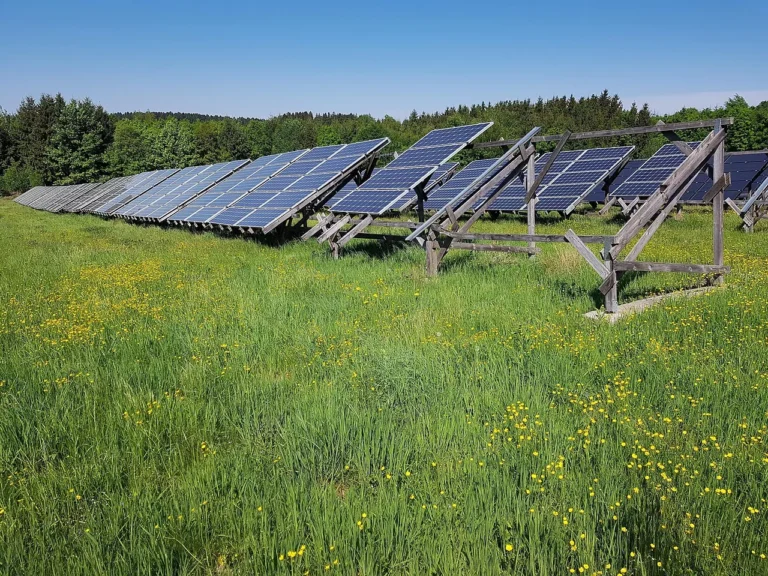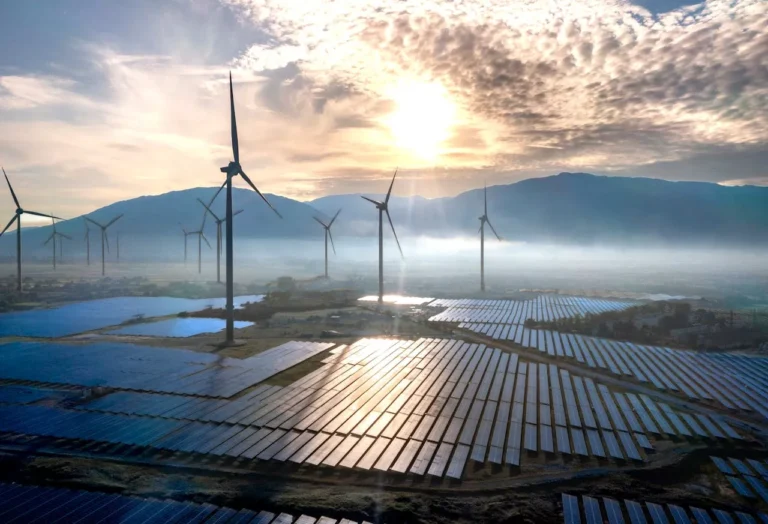
Uniper and thyssenkrupp Uhde Sign Framework Agreement for Ammonia Cracking Technology
Uniper and thyssenkrupp Uhde have entered into a significant new phase of cooperation with the signing of a comprehensive framework agreement that sets the stage for the construction of commercial-scale ammonia cracking plants. This agreement marks a major milestone in Europe’s efforts to build a resilient hydrogen value chain and accelerate the decarbonization of energy-intensive industries. By securing license packages for thyssenkrupp Uhde’s advanced ammonia cracking technology, Uniper is preparing to deploy one of the most promising solutions for large-scale hydrogen imports, addressing both logistical and technical challenges associated with transporting clean hydrogen across long distances.
Under the framework agreement, Uniper has obtained the rights to apply thyssenkrupp Uhde’s technology in up to six major facilities with a combined capacity of approximately 7,200 metric tons of ammonia per day (mtpd). At full capacity, these plants would represent one of the most ambitious ammonia-to-hydrogen conversion programs in Europe, positioning Uniper as a key enabler of the continent’s emerging hydrogen economy. Ammonia cracking—converting ammonia (NH₃) back into hydrogen and nitrogen—is poised to play a pivotal role in energy markets because it offers a practical pathway to scale hydrogen use in regions that lack cost-competitive domestic production.
Hydrogen is universally recognized as a vital component of Europe’s decarbonization strategy, particularly for sectors such as steel, chemicals, heavy transport, and high-temperature industrial processes. However, the direct transport of hydrogen remains complex and expensive due to its low volumetric energy density, its need for extreme cooling to become liquid, and the challenges associated with pipeline compression and storage. Ammonia, by contrast, can be liquefied much more easily and transported using existing global shipping infrastructure. With more than a century of industrial use and a globally traded market, ammonia offers an established foundation for scaling hydrogen supply chains.
In this context, ammonia cracking technology becomes essential. Without efficient, reliable, and high-performance cracking systems, ammonia cannot be converted back into clean hydrogen at the scale European industries will require. The collaboration between Uniper and thyssenkrupp Uhde addresses this bottleneck by bringing a proven industrial solution into the heart of Europe’s future hydrogen network. By pairing Uniper’s infrastructure and project development capabilities with thyssenkrupp Uhde’s technological expertise, the partnership supports both companies’ commitments to advancing energy transition solutions.
A central element of the agreement is the planned deployment of the technology at Uniper’s hydrogen import terminal in Wilhelmshaven, located on Germany’s North Sea coast. Wilhelmshaven is emerging as one of the country’s most important energy hubs, serving as a future gateway for large volumes of imported low-carbon hydrogen. The site has been identified as a strategic location for receiving ammonia shipments, cracking the ammonia into hydrogen, and distributing the hydrogen across Germany and neighboring European markets. By integrating thyssenkrupp Uhde’s cracking technology, the terminal will be positioned to play a vital role in securing Europe’s long-term energy supply and supporting its climate ambitions.
The license package secured by Uniper covers a comprehensive suite of components required to bring the cracking technology to commercial readiness. This includes engineering support, ongoing technical services, and the supply of critical hardware and catalysts—key elements that influence the performance, efficiency, and reliability of ammonia cracking processes. The agreement ensures that Uniper will have long-term access to the technological know-how needed to design, build, and operate multiple large-scale facilities.
Uniper has already begun advancing the project by launching the pre-FEED (front-end engineering and design) phase for the first commercial-scale plant planned at Wilhelmshaven. The pre-FEED stage is crucial for laying the technical groundwork for large industrial projects. During this period, engineers and project teams define the design basis for the facility, refine project scope, evaluate key process parameters, and conduct technoeconomic assessments. This helps identify potential risks early, mitigate uncertainties, and confirm that the planned concept is both technically feasible and economically viable.
A strong pre-FEED foundation is necessary before entering the FEED stage, which involves more detailed engineering, procurement planning, and cost estimation. For Uniper’s ammonia cracking initiative, the FEED phase is scheduled to begin at the end of next year. A successful transition from pre-FEED to FEED will mark another major step toward final investment decisions and the eventual construction of Europe’s next generation of hydrogen infrastructure.
This framework agreement aligns with broader efforts across the European Union to expand hydrogen supply chains and support the import of renewable and low-carbon hydrogen from global producers. Countries with abundant renewable resources—such as those in the Middle East, Australia, Latin America, and parts of Africa—are expected to become major suppliers of green ammonia, which can be cracked back into hydrogen upon arrival in Europe. The infrastructure developed under the Uniper-thyssenkrupp Uhde partnership will therefore support not only Germany’s energy transition goals but also Europe’s overall strategy to diversify energy sources and strengthen energy security.
As the global hydrogen market continues to evolve, partnerships like this one are becoming increasingly important. They bring together technological innovation, commercial readiness, and large-scale infrastructure development—three elements necessary to transform hydrogen from a niche energy carrier into a widely available industrial commodity. By anchoring the development of high-capacity ammonia cracking facilities in a strong technological collaboration, Uniper and thyssenkrupp Uhde are positioning themselves at the forefront of this transformation.
The agreement also underlines the growing recognition that ammonia will play a central role in the energy transition. While hydrogen remains the ultimate energy vector for many industrial and mobility applications, ammonia’s advantages in transport and storage make it a critical complementary pathway. As Europe aims to meet its 2030 and 2050 climate targets, the ability to import, store, crack, and distribute hydrogen efficiently will be essential for maintaining competitiveness and ensuring secure access to clean energy.
Source Link: https://www.uniper.energy/










